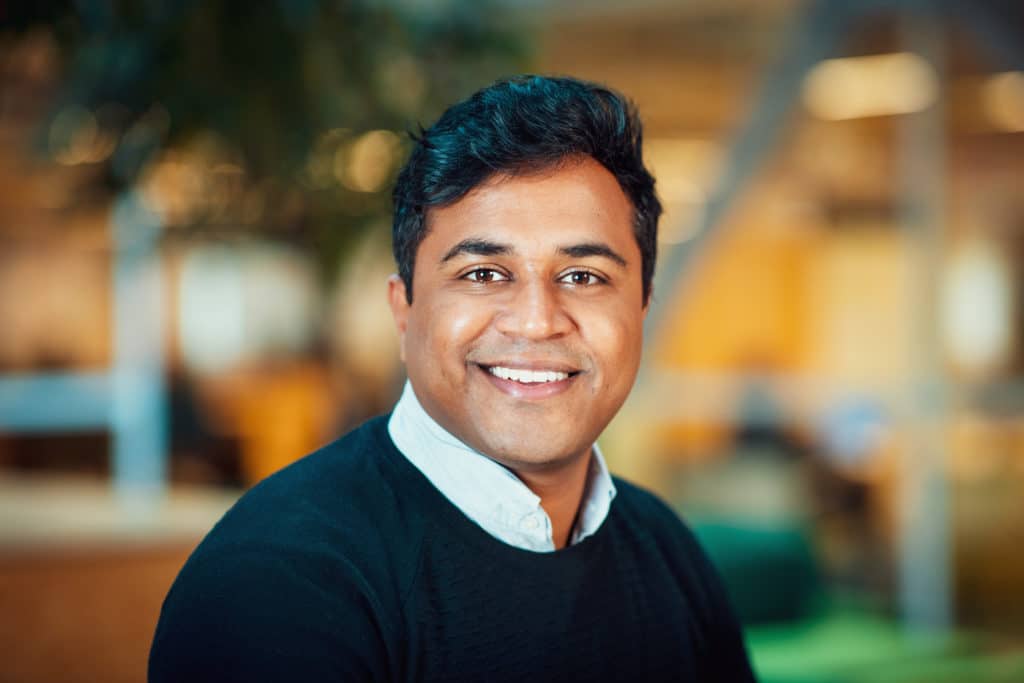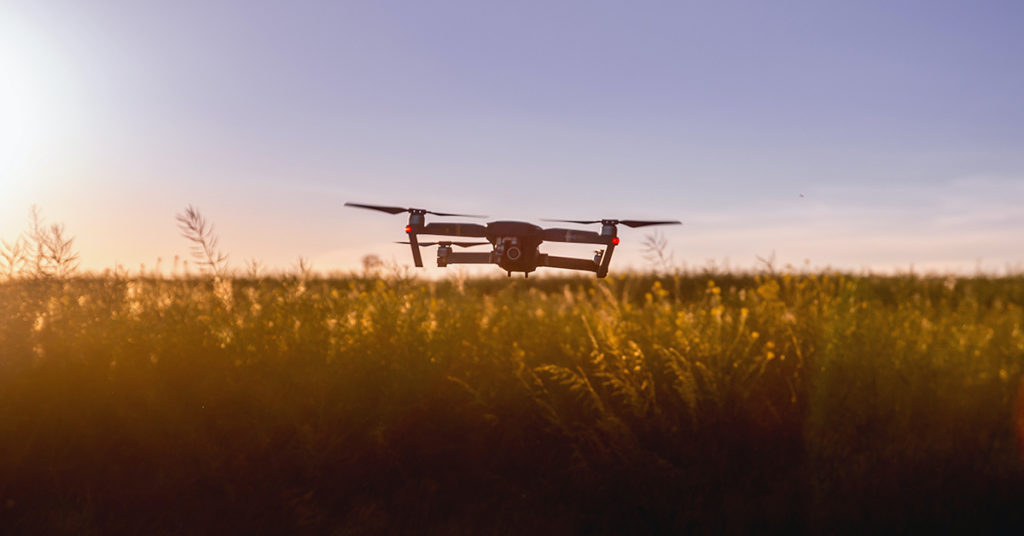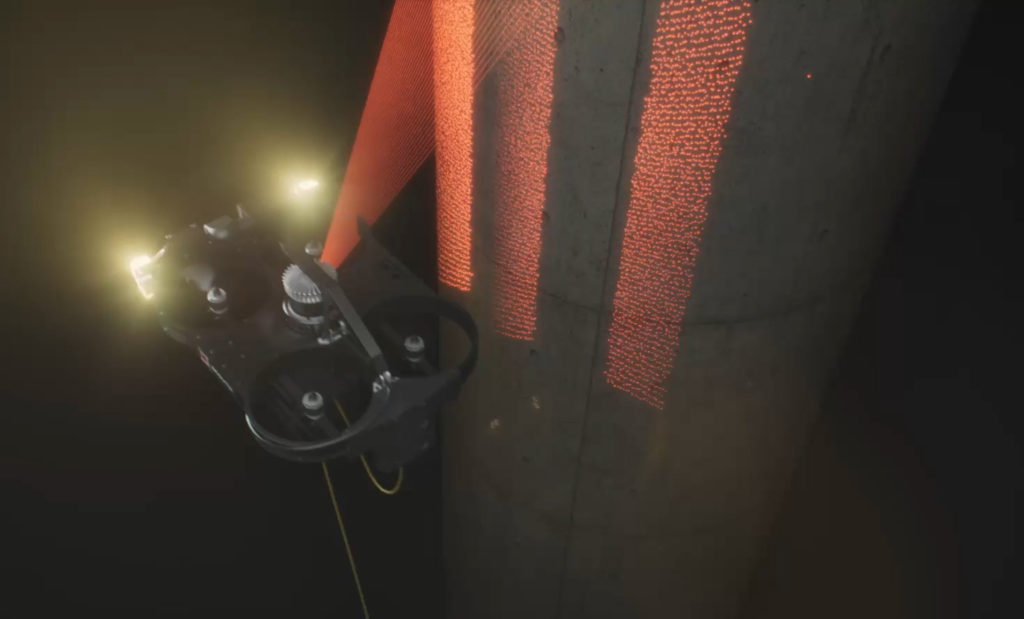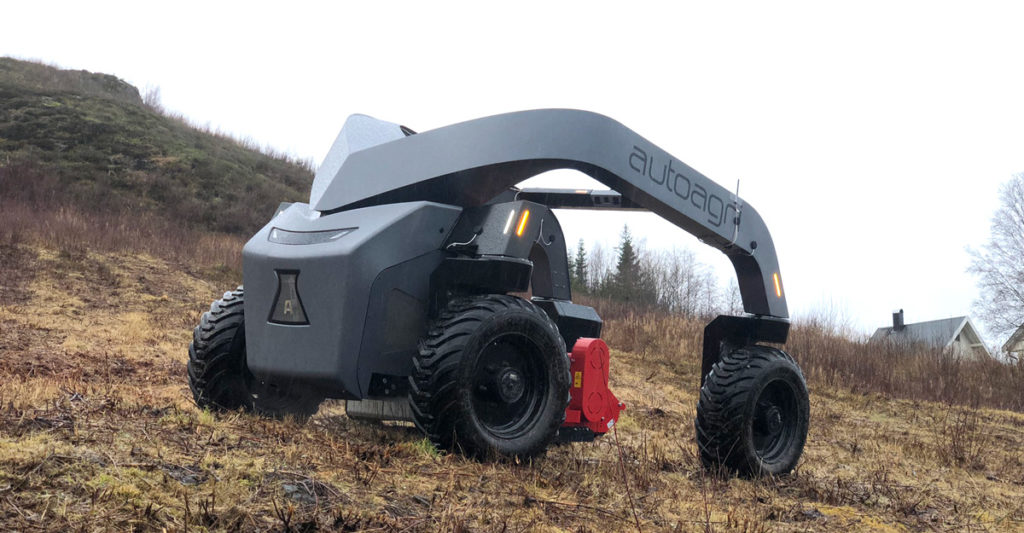Robotics conference: Aim to create new sector-spanning networks

This article was orginally published in Norwegian:
What can sectors like healthcare, manufacturing and agriculture learn from each other about themes like robotics and artificial intelligence? Find out at RAIC 2022, a conference by SINTEF, DigitalNorway, Innovation Norway and The Research Council of Norway.
Registration is now open for the Robotics and Artificial Intelligence conference RAIC 2022, to be launched on 9 June at OsloMet.
Although the entire programme has not been finalised yet, estimates are that this year’s conference, whose full name is Robotics and Artificial Intelligence Conference for Cross-sectoral Innovation, will have around 20 to 25 contributors on stage, with up to 250 participants.
The contributors will be shedding light on topics revolving around robotics and artificial intelligence and offering perspectives from a wide range of sectors, such as healthcare, inspection & maintenance, manufacturing, agriculture and aquaculture.
The main objective is for participants to learn about opportunities outside of their own bubble and perhaps even create new networks that can pave the way for new solutions.
Breaking down silos
“Small and medium-sized businesses often work in silos,” says Pavan Sriram, who is responsible for international projects at DigitalNorway.
“When we bring together people from aquaculture, agriculture or healthcare in workshops, we often see the tremendous potential among them. Our goal here is to help people share ideas and maybe even work together to develop new products.”
Although the applications of the technology vary considerably, there are significant parallels between the solutions that are needed.
Sriram believes that Norwegian companies have great and untapped potential for collaboration here because so much of their work actually overlaps – whether this involves oil & gas, healthcare or farming. As he puts it,
“Even large robots that inspect the sea bed can resemble the small ones that inspect the human body or those that look for weeds and insects to eliminate in fields.”

Different brains, same body
Senior Researcher Aksel A. Transeth at SINTEF, which is organising the conference together with DigitalNorway, is also a firm believer in the potential that exists in the overlap of the technology across sectors.
He gives the example of autonomous drones that can inspect power lines versus drones that can inspect railway lines. The function of the drones can be seen as twofold: body and brain.
“You have the autonomous movement from A to B and then you have the drone’s mission,” he explains.

“It is the task part that differs in that one drone is looking for faults in power lines and cracks in domes, while the other is looking for track buckling. But both need to be able to fly long distances and follow a linear infrastructure.
According to Transeth, RAIC 2022 will conclude with several parallel innovation workshops in which different end users can present their concrete problems to the technology suppliers.
“The key here is that the supplier better understand the actual needs of end users and that end users have a better understanding of what is actually possible with today’s technology.”
RAIC 2022
Join us at the Robotics and Artificial Intelligence Cross-Sectoral Innovation Conference (RAIC 2022)
raic-2022.b2match.io
“Broaden your horizon, and plan for the next seven years”
To promote multidisciplinary dialogue, the conference is not divided into business areas and sectors, but into themes. For example, there will be one theme devoted to logistics, another to autonomous drones and yet another to robots that can grasp things.
At the same time the participants will be able to delve into topics that does not focus entirely on technologies, but rather on the success factors that have to be in place to commercialize robotics and Artificial Intelligence.
The participants also include representatives from Innovation Norway and the Research Council of Norway, who will be talking about funding possibilities. One of the themes will be Horizon Europe, a package of 95.5 billion euros of EU funding for research and innovation to be distributed over a seven-year period.
“This is a great way to network with small and medium-sized businesses, as well as large companies,” says Sriram.
“For some, this may also offer an opportunity to plan for the next seven years.”
The last robotics conference organised by DigitalNorway and SINTEF was fully digital and had around 250 participants.
Sriram hopes a stronger sense of community will be achieved now that the various disciplines can meet face to face once again, especially as this is a prelude to Norway’s plans to host the influential event European Robotics Forum in 2025.
“This event has never been held in Norway before and it’s a bit like making a pitch to host the Olympics,” says Sriram.
“But we’re in dialogue with the organisers and have convinced them that we are definitely up to the challenge.”
THE CONTRIBUTORS:
Agrosense

THE COMPANY:
Agrosense develops sensor systems, including unmanned drones, that enable farmers to analyse soil and plants and, consequently, make better decisions regarding fertilisation, sowing and harvesting.
“We cover the entire lifespan of the field,” says Einar Vastveit, CEO of Agrosense.
“Instead of the field being used in a manner that results in deterioration, we want to facilitate farmers in using regenerative practices and improving the soil. And we want farmers to be paid to capture carbon in the soil.”
AT THE CONFERENCE:
Vastveit will be presenting the project in its entirety, but will also be discussing challenges associated with data sharing.
INTERDISCIPLINARY EXPERIENCE:
Vastveit grew up on a farm, but has also worked with repairing sensors and optics in the military and holds a degree in Engineering. He draws on all of these experiences in his work at Agrosense.
“I see many of the same problems in all sectors, whether this concerns innovation efforts or legal issues.”
ScoutDI

THE COMPANY:
ScoutDI develops and sells a drone system that can conduct indoor inspections of such objects as oil tanks – a high-risk undertaking – more safely and easily by removing people from the equation.
The company has built a drone especially for indoor use. While outdoor drones can rely on GPS and magnetic compasses to remain stable, these components cannot be used in an oil tank.
“That is why we use 3D LIDAR scanners to measure the space and input the data to a powerful computer that makes a 3D map of the environment in which we fly, in other words, a synthetic GPS system,” explains CEO Nicolai Husteli.
All videos and still images are tagged with a position marker and can be uploaded directly to the company’s cloud.
“Instead of sending a structure expert out into the North Sea by plane or helicopter, we can send data directly to the expert’s home office.”
AT THE CONFERENCE:
The company will be sharing its experiences with launching the drone during a pandemic and how it succeeded in landing contracts in Singapore and Indonesia without any physical demonstrations.
“The system has been a success, but we will also be talking about the challenges, not just the glamourous side of it,” says Husteli.
INTERDISCIPLINARY EXPERIENCE:
Husteli is interested in promoting knowledge sharing with similar companies. In Trondheim, he has particularly kept tabs on the company Blueye and their underwater drones.
“They started two or three years before us and we have seen the steps they have had to take in terms of, for example, production and certification. As for us, our learning curve has been steep and I believe that having the possibility to benefit from the knowledge of other companies could have saved us considerable time and prepared us better for the challenges to be faced.”
AutoAgri

THE COMPANY:
AutoAgri has developed an electric unmanned tractor that can use the same tools as its more traditional counterparts. It is designed to be several tonnes lighter in weight, making it better able to maintain the drainage characteristics of soil.
“Tractors have become larger because of the need to produce more food on a larger piece of land with fewer farmers,” says CEO Jostein Sandvik.
“Making tractors self-driving makes it possible to reduce their size. Without the need for a driver, they can use more time and, consequently, fewer energy-guzzling equipment. This offers more possibilities to reduce the carbon footprint.”
AT THE CONFERENCE:
The details are not yet finalised, but AutoAgri will most likely be presenting the project and talking about a possible partnership with SINTEF regarding collision security systems.
INTERDISCIPLINARY EXPERIENCE:
AutoAgri was established by three industrial companies in Leksvik. The navigation components originate from a company specialising in autonomy solutions in ocean space, while the Sandvik engineering company is responsible for the design and machine construction before the mechanical workshop builds the actual tractor.
“None of us has an agricultural background, but we have strengths that are not the focus of traditional equipment manufacturers.”
RAIC 2022
Join us at the Robotics and Artificial Intelligence Cross-Sectoral Innovation Conference (RAIC 2022)
raic-2022.b2match.io